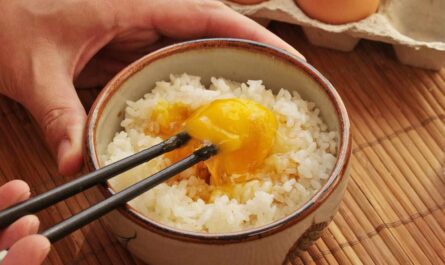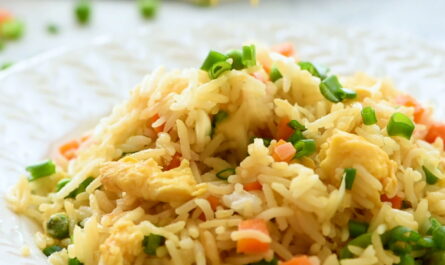For many of us, comfort food comes in the form of a hearty dish that can be easily prepared with minimal fuss. One such classic recipe is corned beef and cabbage, renowned for its savory flavors and satisfying texture. In this article, we will delve into how to cook corned beef and cabbage in a pressure cooker, an efficient method that brings this delightful dish to your table with ease.
Cooking this dish in a pressure cooker not only saves valuable time but also enhances the flavors by allowing the ingredients to meld beautifully. For sushi lovers who might be venturing beyond their typical culinary territory, this guide will ensure a seamless experience, merging traditional tastes with modern cooking techniques.

Gathering Your Ingredients
Before embarking on your culinary journey, it’s essential to gather all the necessary ingredients to ensure a smooth cooking process. Here’s everything you’ll need:
- 3 pounds corned beef brisket
- 1 large head of cabbage, cut into wedges
- 6 medium-sized carrots, peeled and chopped
- 6 to 8 small red potatoes, scrubbed
- 1 large onion, quartered
- 4 cloves garlic, minced
- 2 cups low-sodium beef broth
- 1 teaspoon black peppercorns
- 2 bay leaves
To ensure your preparation is organized, make sure to have the proper cookware and cutting board oil on hand to maintain your tools.
Preparing Your Ingredients
Before diving into the cooking process, proper preparation of the ingredients makes the experience much smoother. Start by rinsing the corned beef under cold water to remove any excess brine or seasonings. Pat the beef dry using paper towels, ensuring it’s ready for the cooker.
Next, use a sharp knife and a sturdy cutting board to prepare your vegetables. Cut the cabbage into wedges, keeping the core intact to help the leaves hold together during cooking. Peel and chop the carrots, scrub the potatoes, and quarter the onion for easy placement in the cooker.
Cooking Process
With ingredients ready and your trusty pressure cooker at hand, it’s time to bring this dish to life. Set your cooker to saut mode and add the minced garlic, letting it cook for a minute to release its aromatic qualities.
Carefully place the corned beef at the bottom of the cooker, followed by the other vegetables carrots, potatoes, onion, and cabbage. Add two cups of low-sodium beef broth, black peppercorns, and bay leaves to infuse flavor throughout the cooking process.
Seal the lid of the pressure cooker and set it to high pressure for approximately 90 minutes. Allow the cooker to do its magic, breaking down the fibers of the meat and softening the vegetables to perfection. This method preserves the nutrients and intensifies the flavors, ensuring each bite is rich and savory.
Serving Suggestions
Once your pressure cooker signals completion, allow it to naturally release pressure for about 15 minutes. Carefully open the lid, savoring the fragrant aroma of this enticing dish. Use a slotted spoon to remove the vegetables and corned beef, arranging them artfully on a serving platter.
Consider pairing this meal with a warm crusty bread to soak up the savory juices or serve alongside a light, crisp salad to balance the robust flavors. Such thoughtful accompaniment turns this dish into a full-course meal that leaves a lasting impression, especially when shared with family and friends.
Clean and Maintain Your Equipment
Once the meal is enjoyed, attention to cleaning your cookware ensures many more delightful culinary adventures await. Utilize a cookware cleaner for any stubborn residues in your pressure cooker, maintaining its ideal condition for future use.

Conclusion
As you embrace how to cook corned beef and cabbage in a pressure cooker, remember the beauty lies in both the process and the result. From preparation to presentation, each step offers an opportunity to connect with tradition and innovation. Whether you’re a sushi lover or a curious culinary explorer, this hearty dish promises satisfaction and comfort in every bite.
For more pressure cooking recipes, explore this beef cooking guide.
This article contains affiliate links. We may earn a commission at no extra cost to you.




